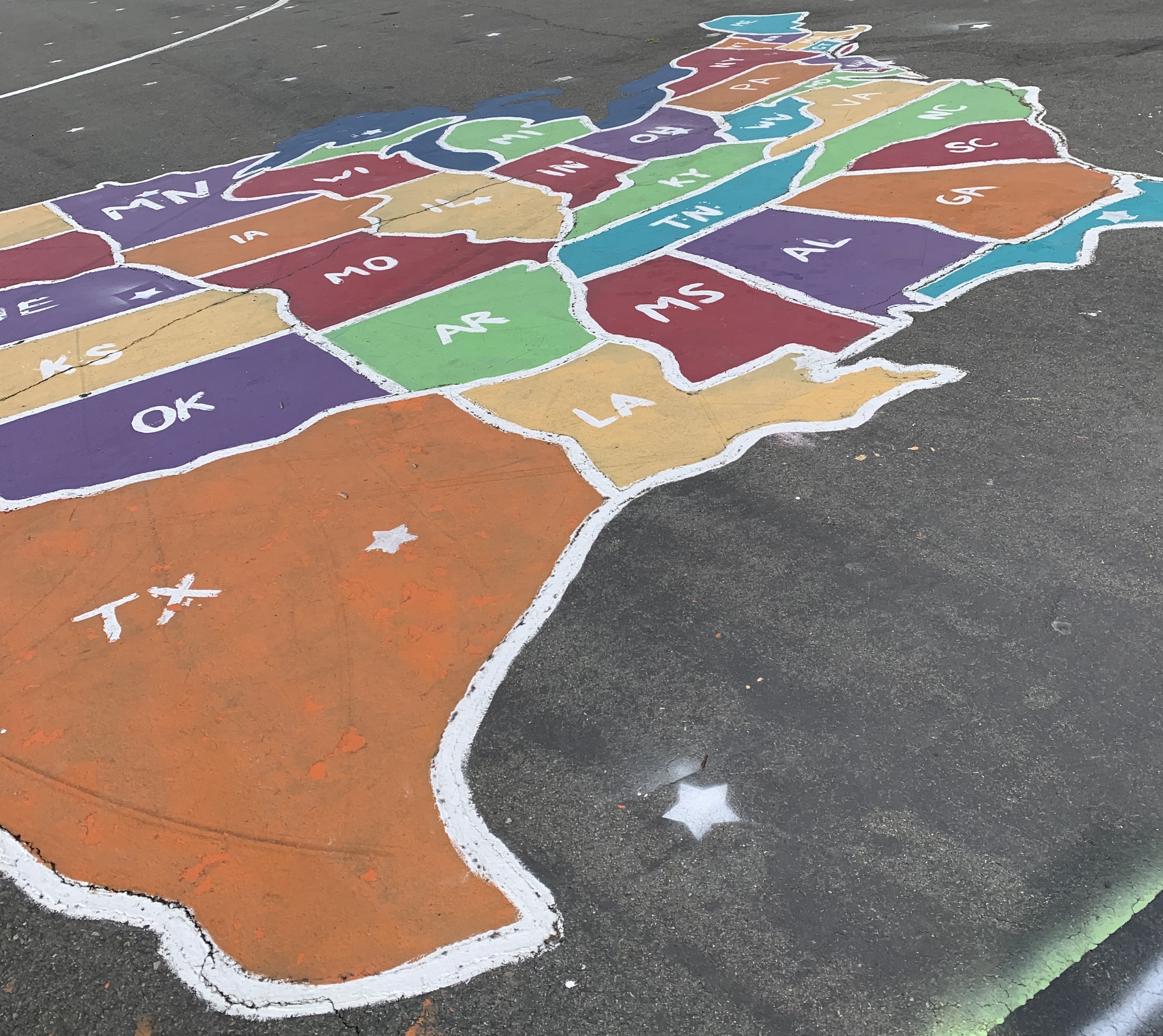Redistricting Roulette
Every vote is not equal in this country as we’ve all seen time and time again. Where you live matters, and that holds true down to your congressional district. So when the Census Bureau released redistricting data last month we started devouring the latest maps knowing they would impact elections for the next decade.

Before we get to the new data, a quick word about how the census and redistricting works. The national census is a population count that is conducted every ten years. The data are used in many ways, including to determine the number of seats each state will get in the House of Representatives. Each state then uses the data to redraw the boundaries of their congressional and legislative districts. How states choose to draw these lines impacts elections for ten years until the next census takes place. The intent of redistricting is to ensure fair representation by adjusting for the reality that populations change over time in both size and demographics. The good intentions of redistricting can, however, be manipulated when one political party uses the process to gain or maintain political power through gerrymandering.
The new data show that the U.S. has become more urban and more diverse over the past ten years. Metro areas grew by 9%, and while white Americans still make up the largest demographic overall, their numbers decreased—for the first time in census history—by 8.6%. We already know that six states will gain House seats in 2022, and seven states will lose seats. A glimpse at the projected advertising dollars to be spent on the midterms gives much insight into how contentious and tight everyone anticipates these races will be. This brings us back to the critical role redistricting will play in 2022 and beyond.
Despite the shift toward a more urban and diverse population, something that typically benefits Democrats, many experts believe that Republicans will actually benefit more from redistricting. Why? In the next year, Republicans have the full authority to redraw two and a half times the number of congressional districts (187 districts) as Democrats (75 districts). Nate Silver talks us through what that means politically in this short video, concluding “I don’t buy that demographics are our destiny.”
We will continue to follow all the newest developments to understand the impact they will have on our target audience and evolve our 2022 strategy accordingly. Sign up for our newsletter for updates and learn how you can get involved in redistricting reform from our friends at Common Cause.




